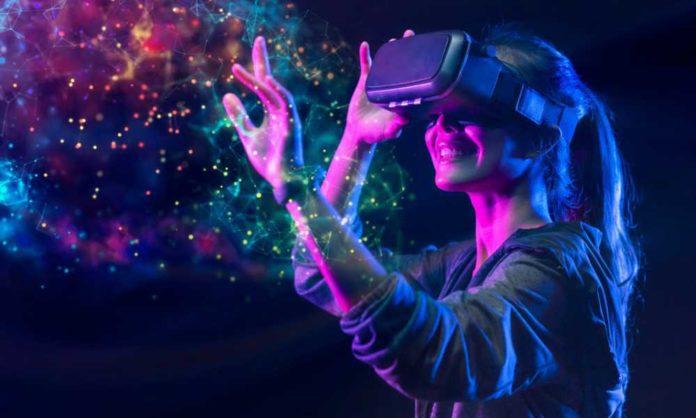Virtual reality, once the stuff of science fiction, has become increasingly accessible to everyday consumers over the past decade. As the technology continues to evolve and improve, it’s becoming more and more clear that the future of virtual reality is going to be incredibly exciting. So what can we expect from this growing industry in the years to come? Here are some of the top trends and predictions for the future of virtual reality.
Better Hardware
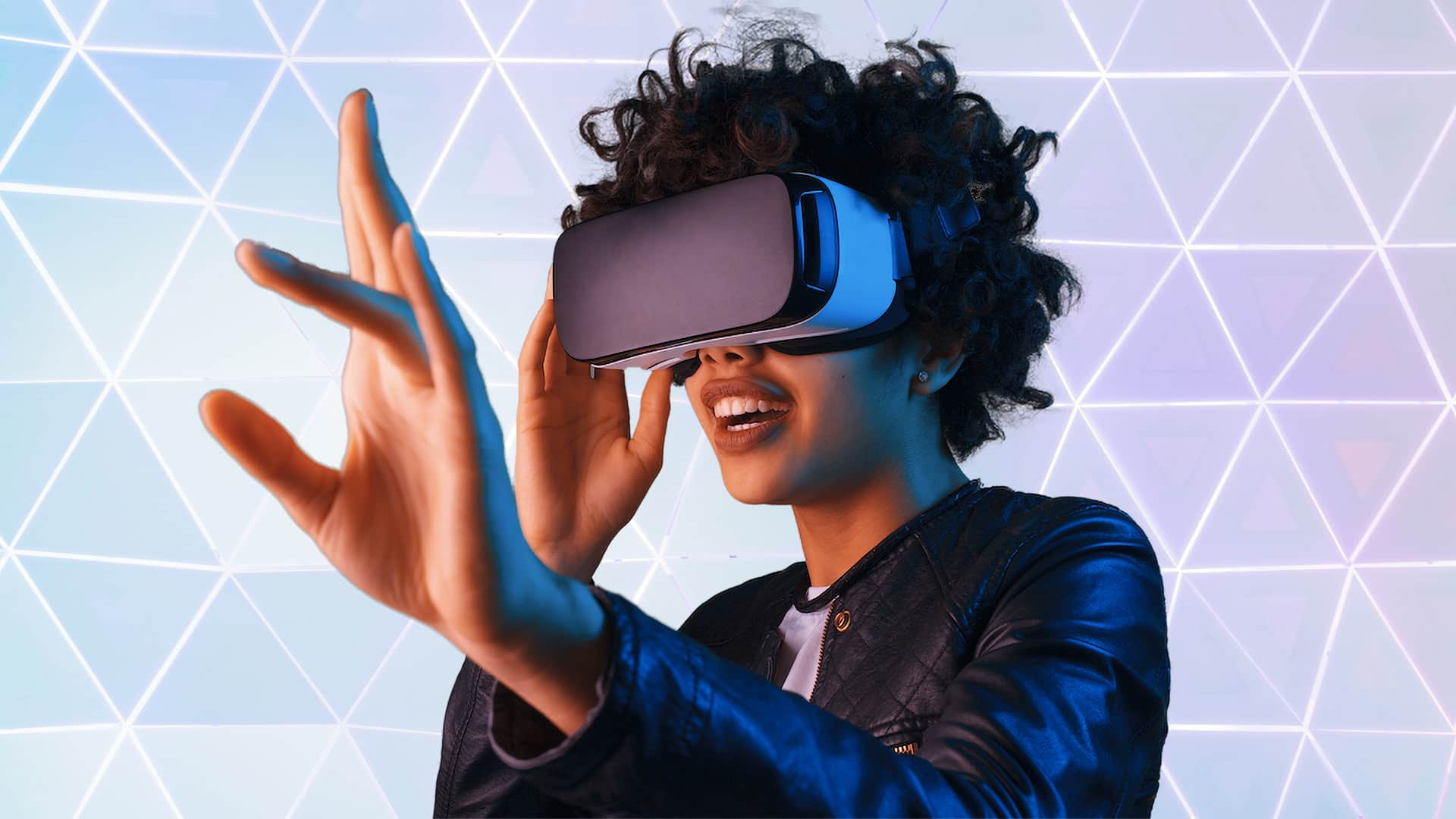
First and foremost, the hardware itself is going to continue to improve. Headsets will become lighter, more comfortable, and more powerful, with higher resolution screens and better tracking. This means that the virtual worlds we enter will feel even more immersive and realistic, and we’ll be able to do more complex tasks within those environments.
Increased Adoption
As the technology improves, we can expect to see more and more people adopting virtual reality in their daily lives. Whether it’s for entertainment, socializing, or work purposes, virtual reality will become more integrated into our daily routines. As the cost of the technology decreases and the quality improves, we may even see virtual reality become a common household item.
More Uses for Virtual Reality
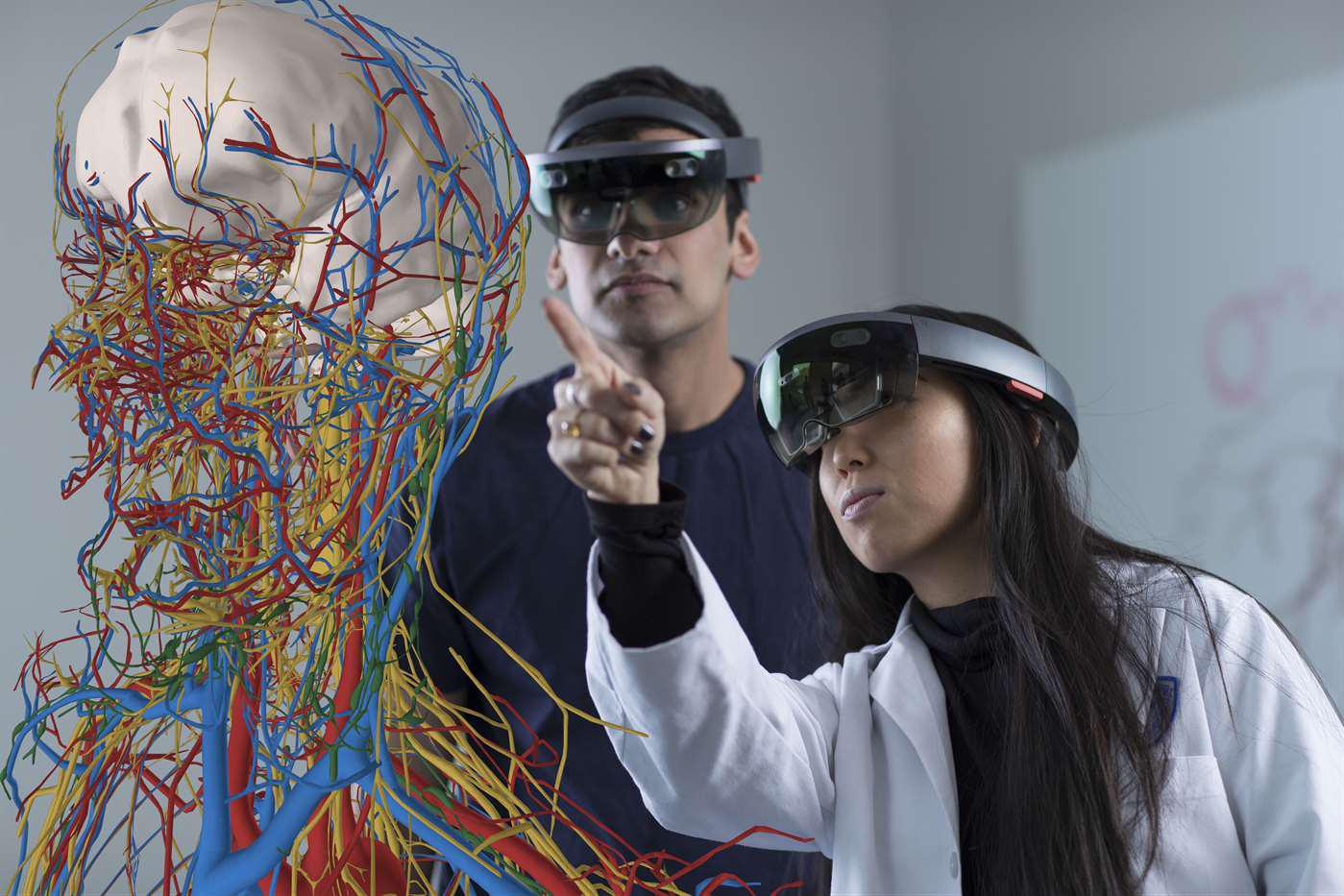
As virtual reality technology continues to improve, we’ll likely see it being used for more than just entertainment purposes. For example, virtual reality could be used in education, allowing students to experience different historical events or scientific phenomena in a more immersive way. In the medical field, virtual reality could be used to train doctors and nurses on complex procedures or to help patients manage pain and anxiety. The possibilities are endless, and we can expect to see more and more industries incorporating virtual reality into their work.
Improved Social Interaction
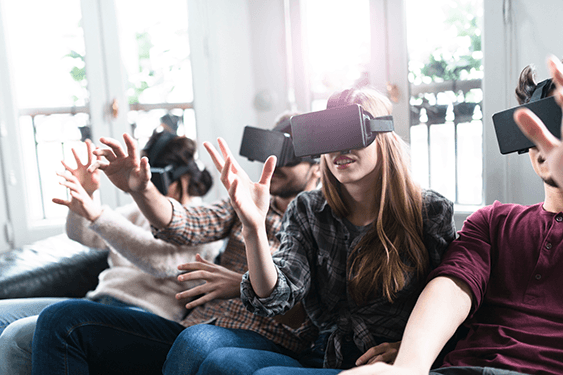
One of the main criticisms of virtual reality is that it can be isolating, but that’s set to change in the future. As virtual reality technology improves, we’ll see more opportunities for social interaction within virtual environments. For example, virtual reality could be used to create online communities where people can socialize and connect with others from around the world. It could also be used to create more immersive and interactive experiences, such as virtual concerts or sports events.
Increased Accessibility
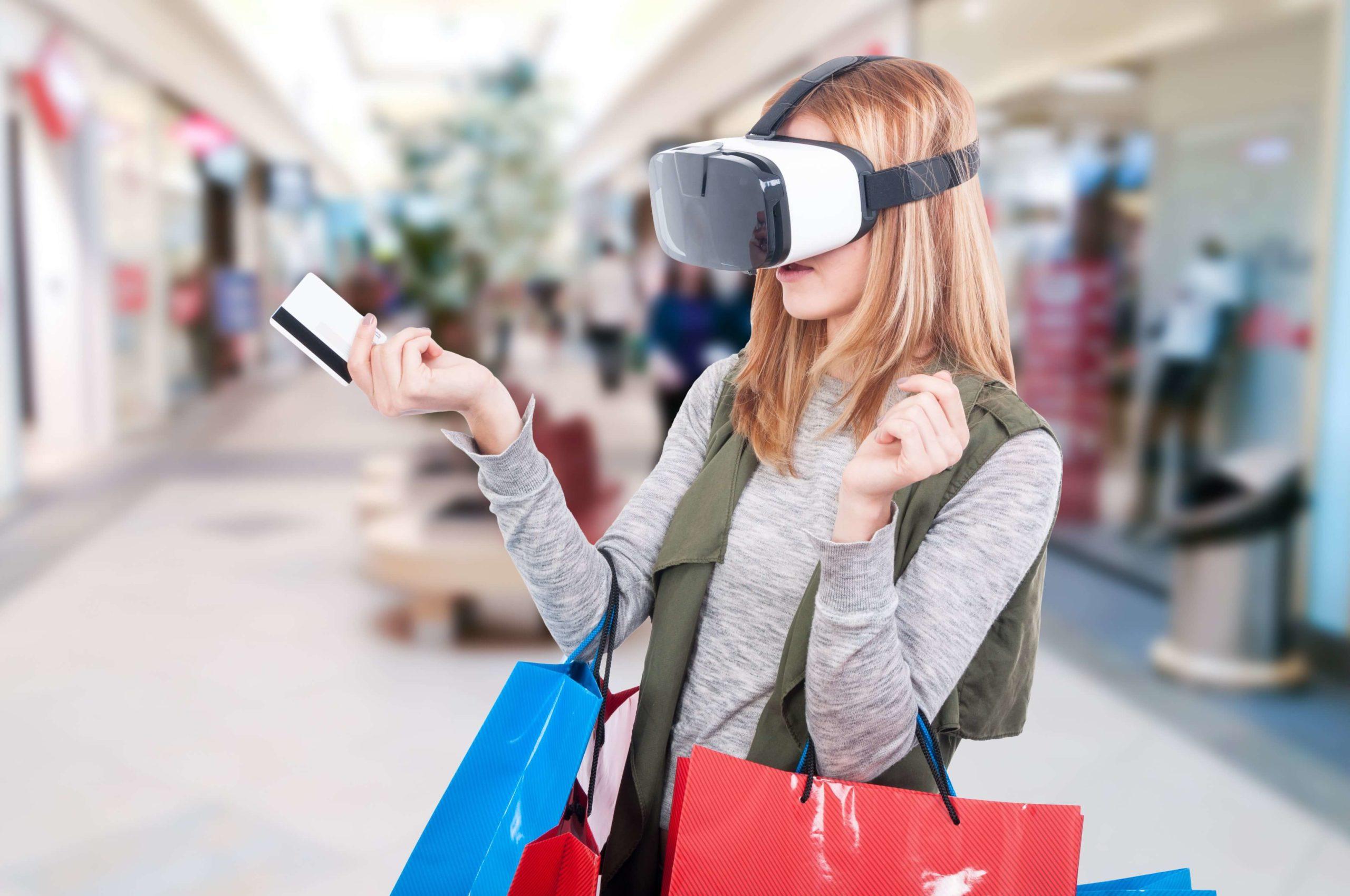
Virtual reality technology is still relatively new and can be expensive, but that’s set to change in the future. As the technology becomes more widespread, we can expect to see more affordable options for consumers. This could include cheaper headsets, more affordable software, and even free virtual reality experiences. As virtual reality becomes more accessible, we’ll see more and more people incorporating it into their daily lives.
To sum it all up, the future of virtual reality is bright and full of exciting possibilities. With improved hardware, increased adoption, more uses, improved social interaction, and increased accessibility, we can expect virtual reality to become a common part of our daily lives. Whether it’s for entertainment, work, education, or socializing, virtual reality will provide us with new and immersive experiences that were once only possible in our imaginations. So get ready to strap on your headset and enter a whole new world. The future of virtual reality is here, and it’s looking better than ever.
What are your thoughts about this? Let us know in the comments below.







































